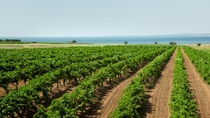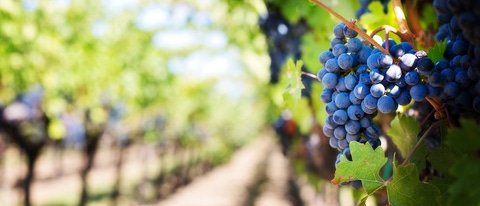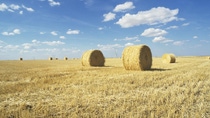Agriculture
Vine
Few fruits have garnered as much attention in the health research literature as grapes. The combination of unique texture and sweet, tart flavor has made grapes an ever popular fruit. Grapes can be eaten as fresh or processed to create wine, vinegar, raisins, conserves and juice. The world’s largest grape producers include France, Spain, Italy, Argentina, Chile, the USA, Iran, India, Turkey and China.

During the first four years of the vine’s life or where root growth is limited, weeds around the grapevine trunk compete directly with vine growth, and provide a good habitat for field mice or voles, which can girdle and kill young vines. Integrated weed management practices vary considerably from year to year and from vineyard to vineyard. However, key to maintaining healthy and high-yielding vineyards are two tasks: relief of weed pressure and effective vine sucker control without harming the mother tree.
Glufosinate-ammonium is one of the very few products on the market labelled for the control of suckers and a broad spectrum of weeds, in one treatment without harming the mother tree. Since it is not possible to mechanically control weeds in steep vineyards, and the alternatives to Glufosinate-ammonium for young vines are very limited, vine farmers have indicated in surveys that they could be forced to give up farming. The distinguishing action of the herbicide helps the viticulturist to control weeds with fewer herbicide applications, benefiting farm costs and the environment. Effective weed and sucker control also contribute significantly to higher yields.

Did you know?
- According to the 2012 Global Wine Industry Almanac the wine market is forecast to be $ 303.6 billion by 2016, an increase of 17.9 % since 2011.1
- Glufosinate-ammonium is registered for control of most weed species that threaten the vines. Among them are fat hen, barnyard grass, williow herb, wireweed, and milk thristle.2
Please select crop from list
1MarketLine, "Wine: Global Industry Almanac", March 2012.
2Bayer CropScience. Users’ guide for vineyards.








